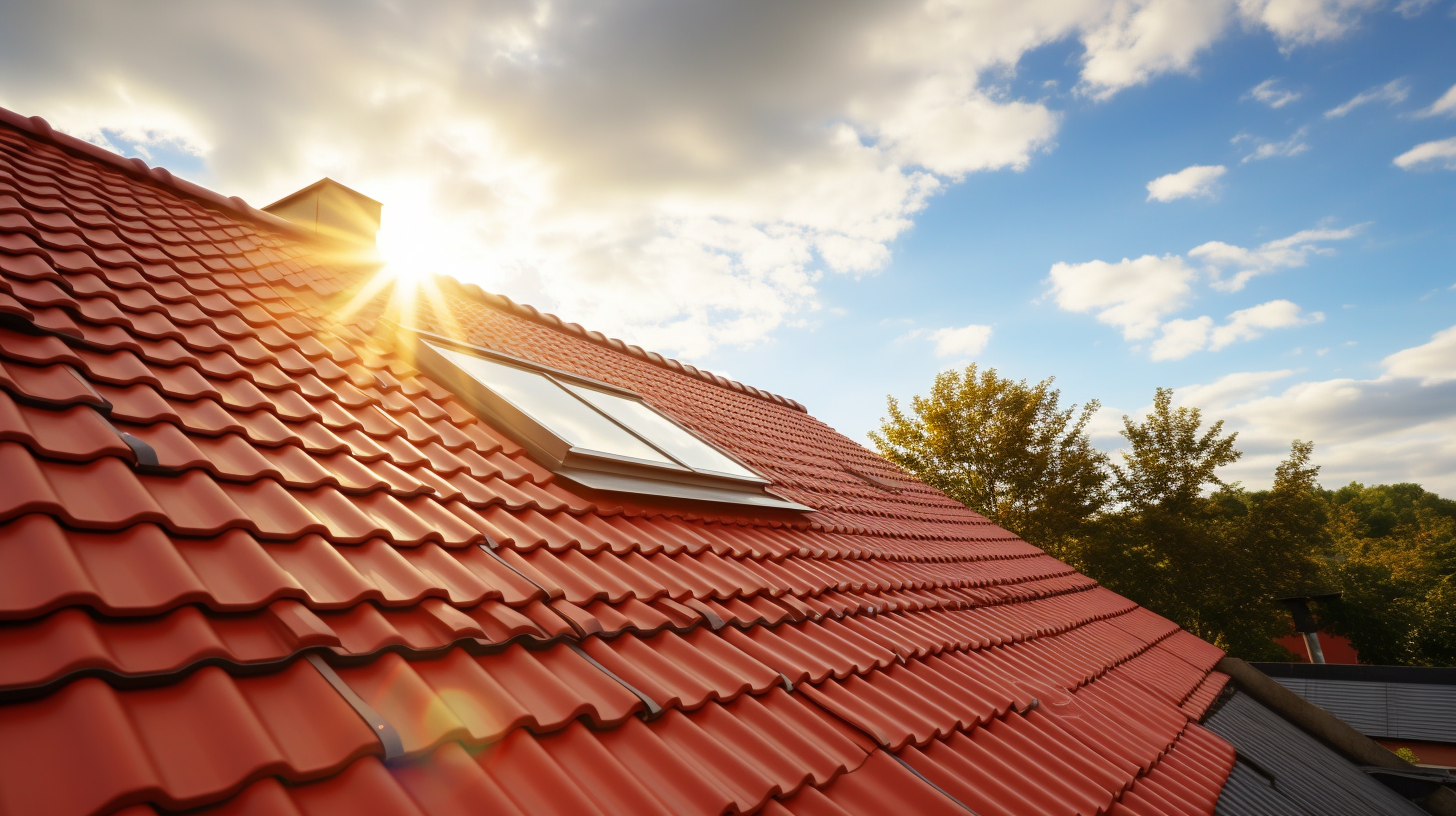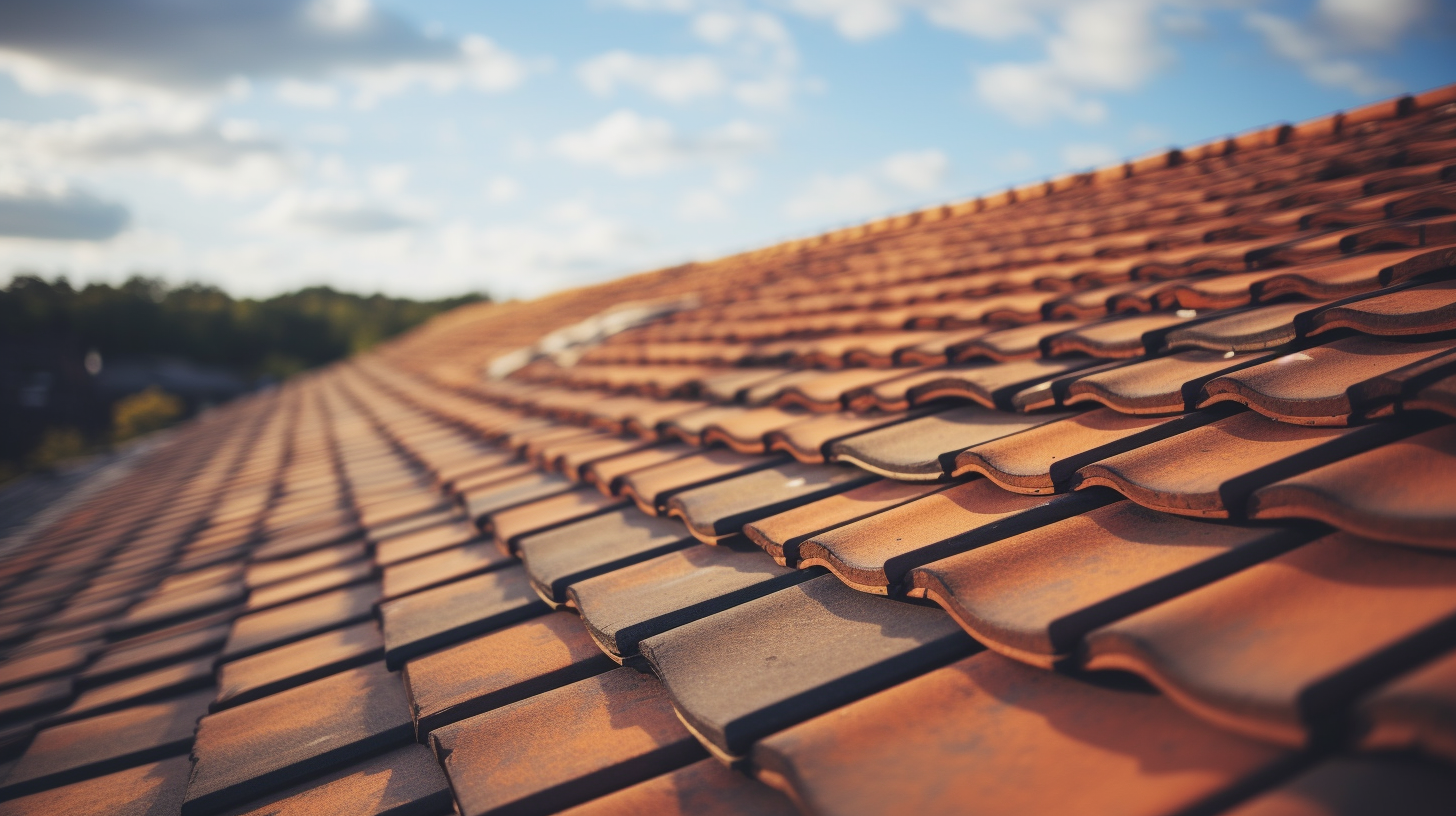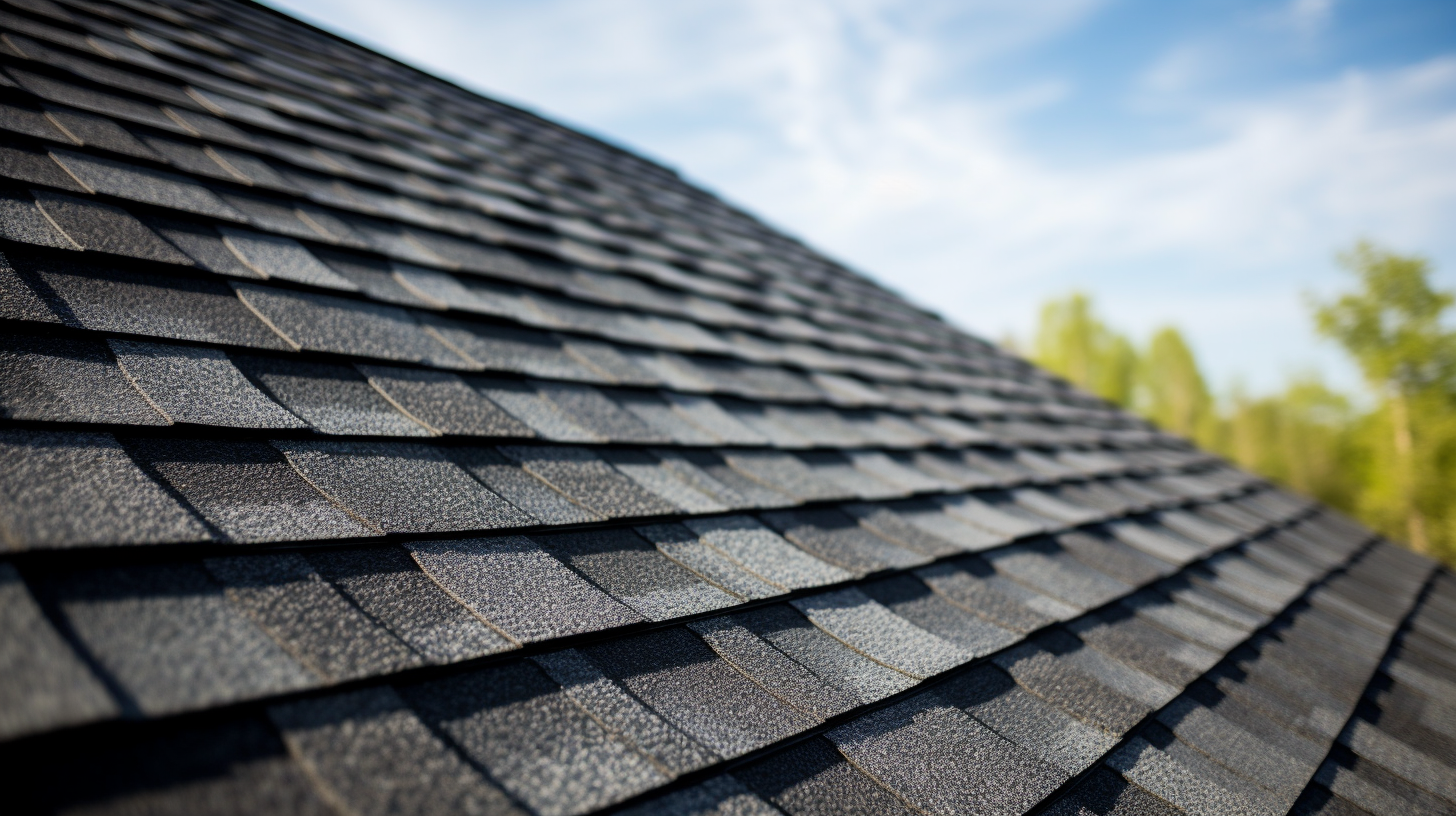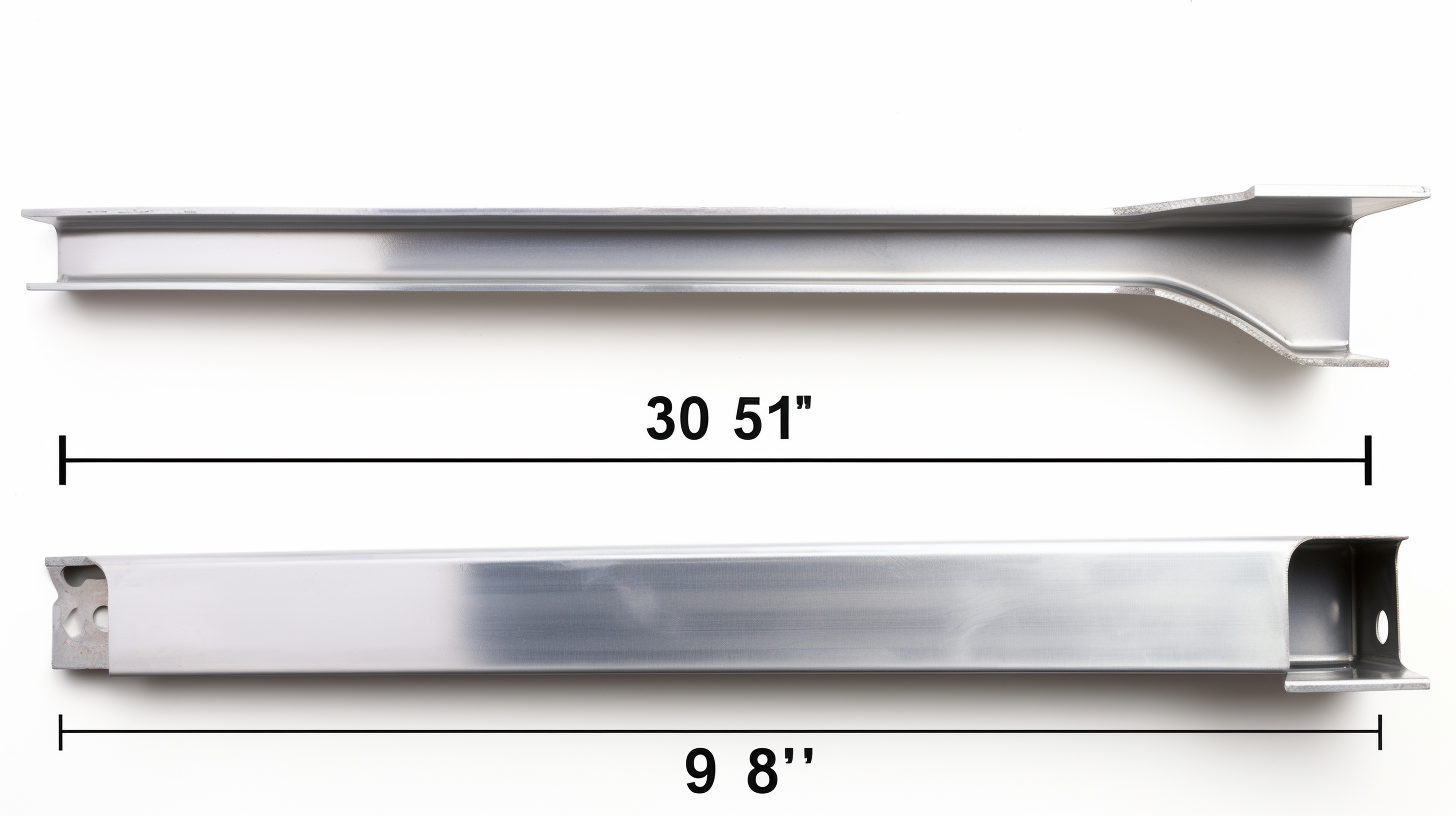The Pros and Cons of Cool Roofing Systems
Cool roofing systems have gained significant attention in recent years due to their potential energy-saving benefits. As with any roofing solution, it's essential to weigh the advantages against the disadvantages to make an informed decision. At Unisource Roofing, we believe in providing our clients with all the necessary information to choose the best roofing solution for their needs. Here's a deep dive into the world of cool roofing systems.
What Defines a Cool Roof?
A cool roof is designed to reflect more sunlight than traditional roofs, resulting in the absorption of significantly less solar energy. Think of it as wearing light-colored clothing on a sunny day to stay cool. While standard roofs can soar to temperatures of 150°F or more during a hot summer day, cool roofs can maintain temperatures that are on average 50°F cooler.
The Efficacy of Cool Roofs
Cool roofs have proven their worth by reducing energy consumption during the summer months. They can significantly decrease the temperatures in unconditioned spaces, such as garages or spare rooms. Their effectiveness is most pronounced in warmer climates where the demand for air conditioning is high.
Cool Roofs and Their Environmental Impact
One of the primary benefits of cool roofs is their potential to combat global warming. These roofs have surfaces that offer high solar reflectance and thermal emittance, essential for daytime cooling. However, it's worth noting that while they can reduce the heat in localized areas, their global impact is still a topic of debate. Some studies suggest that reflective surfaces might contribute to global warming by affecting cloud coverage and potentially leading to increased drought conditions in surrounding areas.
Benefits of Opting for a Cool Roof
Choosing a cool roof can offer several advantages:
Energy Savings: Cool roofs can reduce energy bills by 10%-30%, offering significant savings in the long run.
Enhanced Comfort: Spaces without air conditioning can benefit from the cooling effects of a cool roof.
Durability: Cool roofs can extend the lifespan of your roofing system, translating to lower maintenance costs.
Environmental Perks: These roofs can reduce peak electricity demand, mitigate the urban heat island effect, and lower CO2 emissions.
However, it's crucial to consider the local climate. In cooler regions, cool roofs might not offer the same energy-saving benefits.
Potential Drawbacks
While cool roofs offer several benefits, they come with their set of challenges:
Retrofitting Costs: Converting an existing roof to a cool roof can be expensive, especially when considering repair, recoating, and cleaning expenses.
Algae or Mold Growth: The cooler surface might be conducive to the growth of algae or mold.
Aesthetic Concerns: Lighter roofing colors might show dirt more prominently.
Increased Heating Demand: In colder climates, cool roofs might increase heating costs during winter.
Making the Decision
When contemplating the installation of a cool roofing system, it's essential to evaluate the potential energy savings against the costs. Factors such as the local climate, the type of roof, and the efficiency of the building's HVAC system play a crucial role in this decision.
For those in warmer climates, like roofing services in Louisville KY, the benefits of cool roofs are undeniable. However, if you're located in a colder region, it might be worth consulting with Louisville roofing experts before making a decision.
In Conclusion
Cool roofing systems offer a promising solution for those looking to reduce energy consumption and promote environmental sustainability. At Unisource Roofing, we're committed to helping our clients make informed decisions. Whether you're considering a cool roof or any other roofing solution, our team of experts is here to guide you every step of the way.






